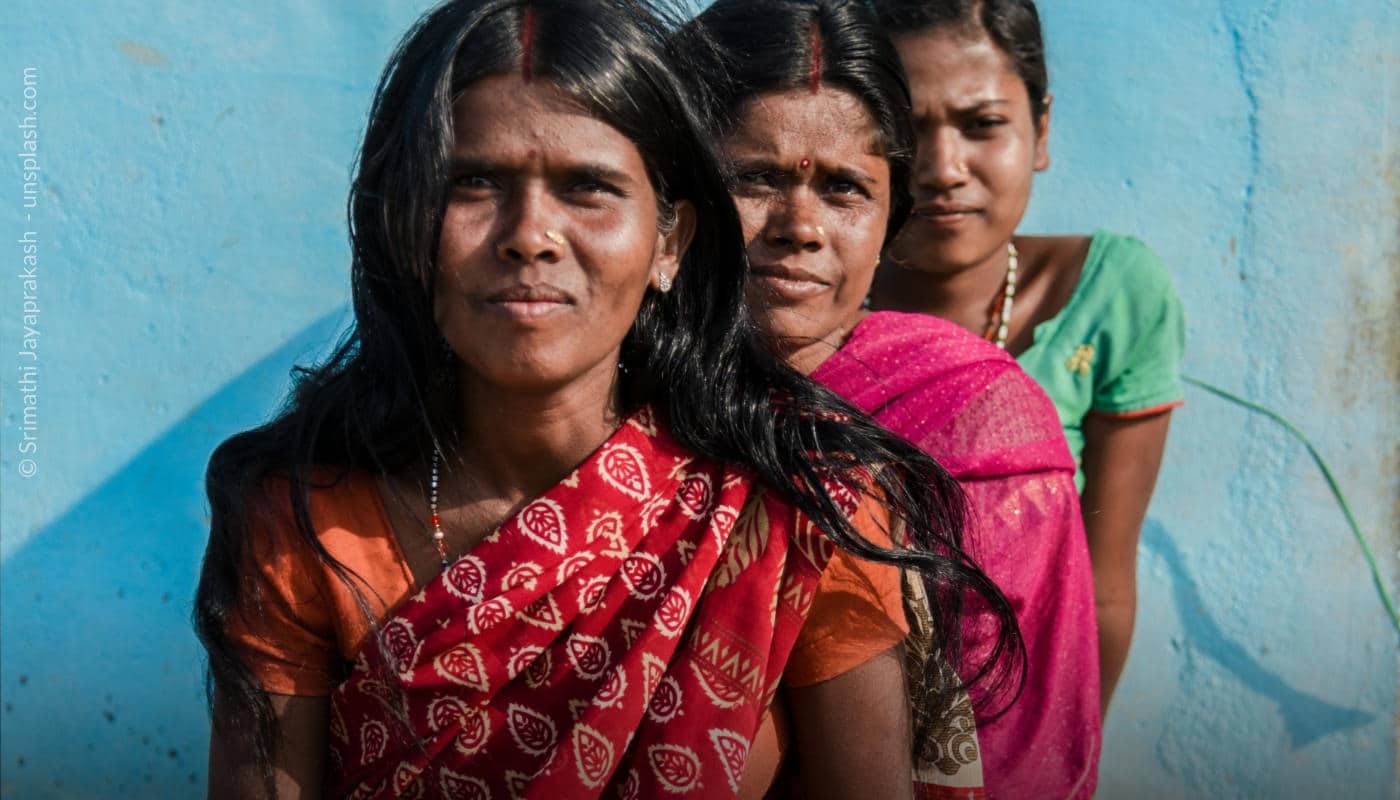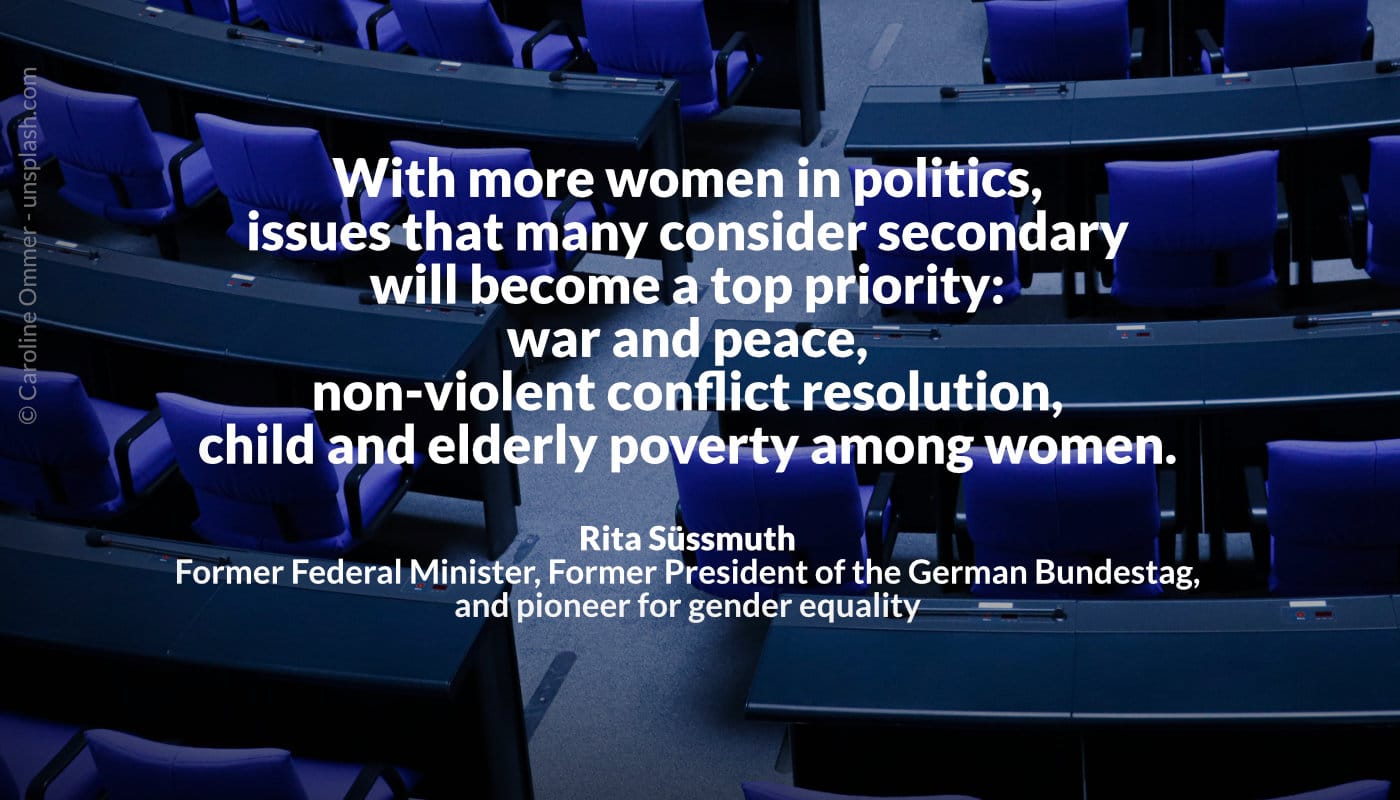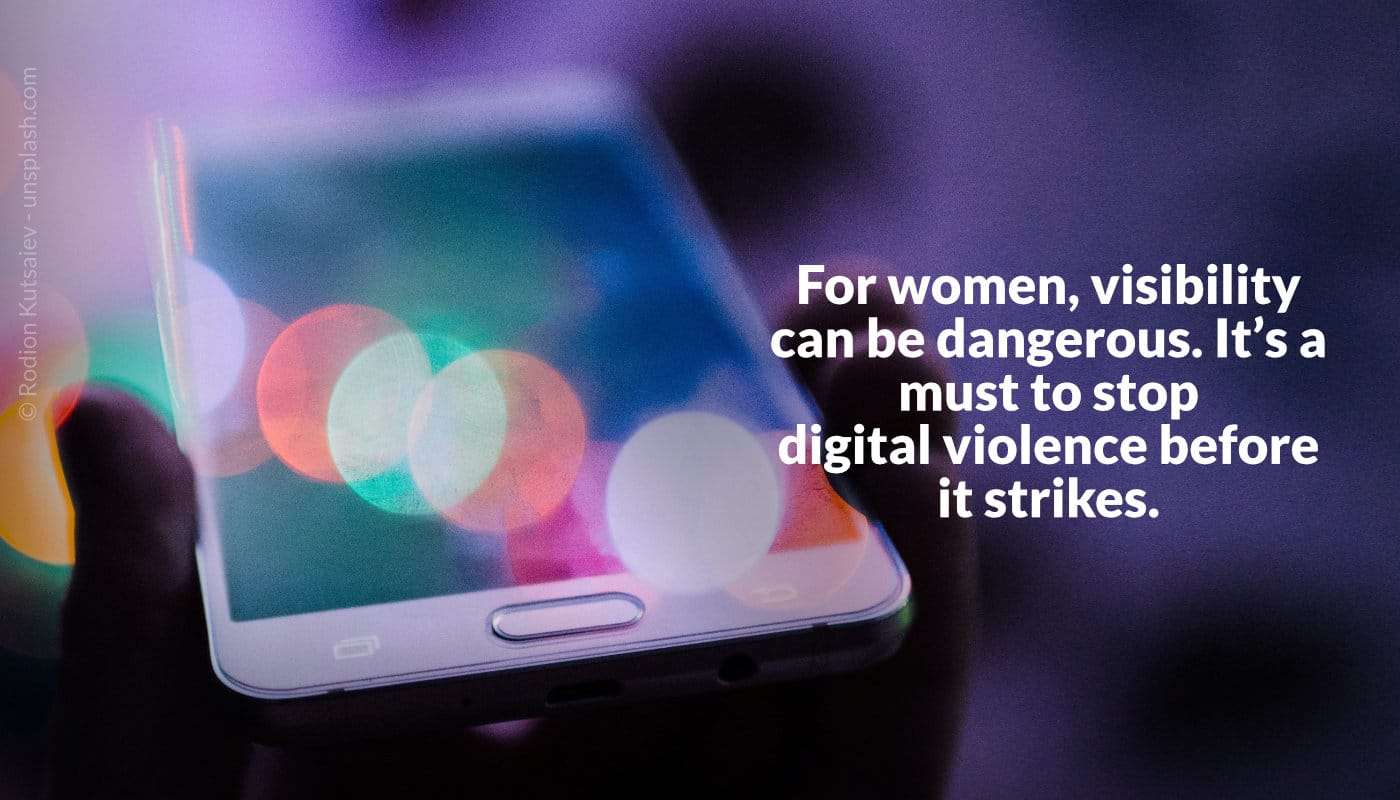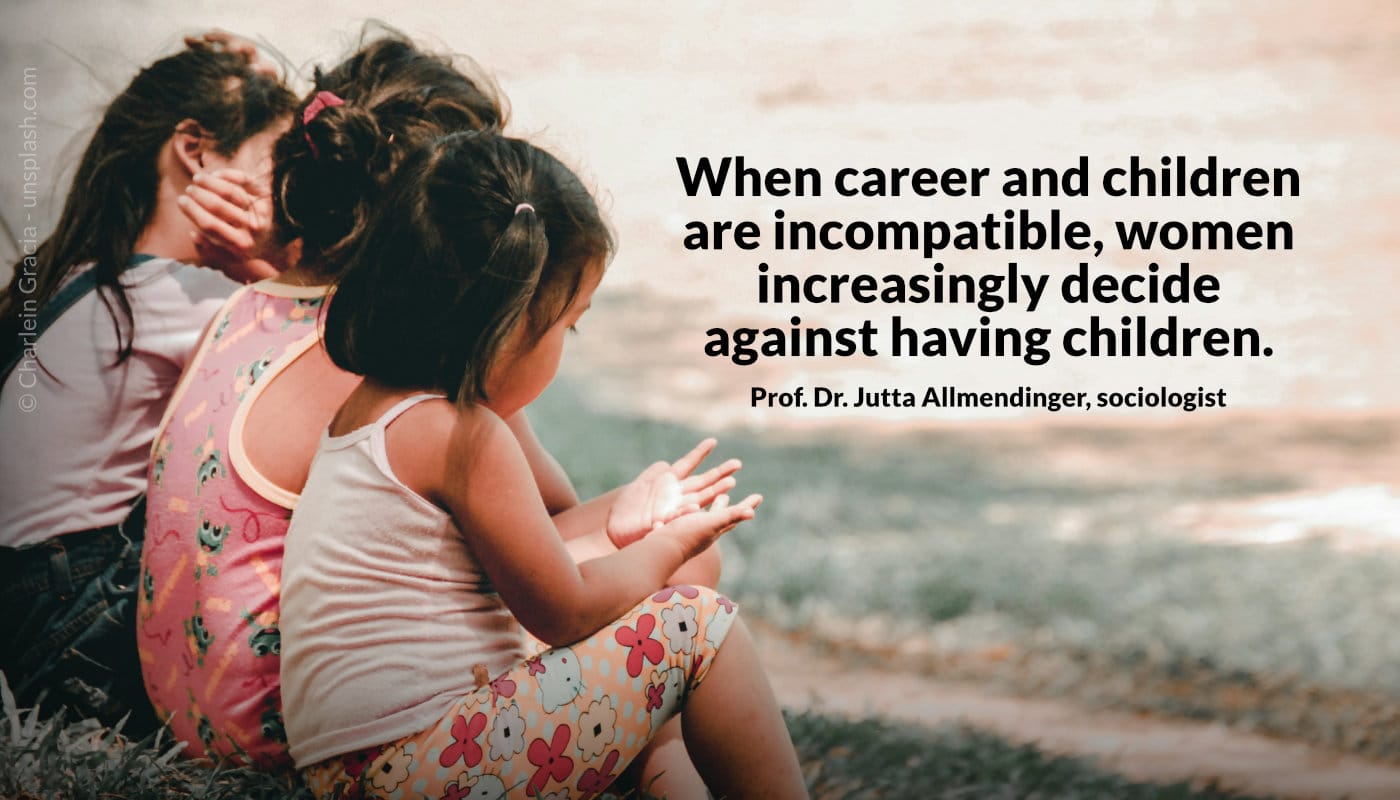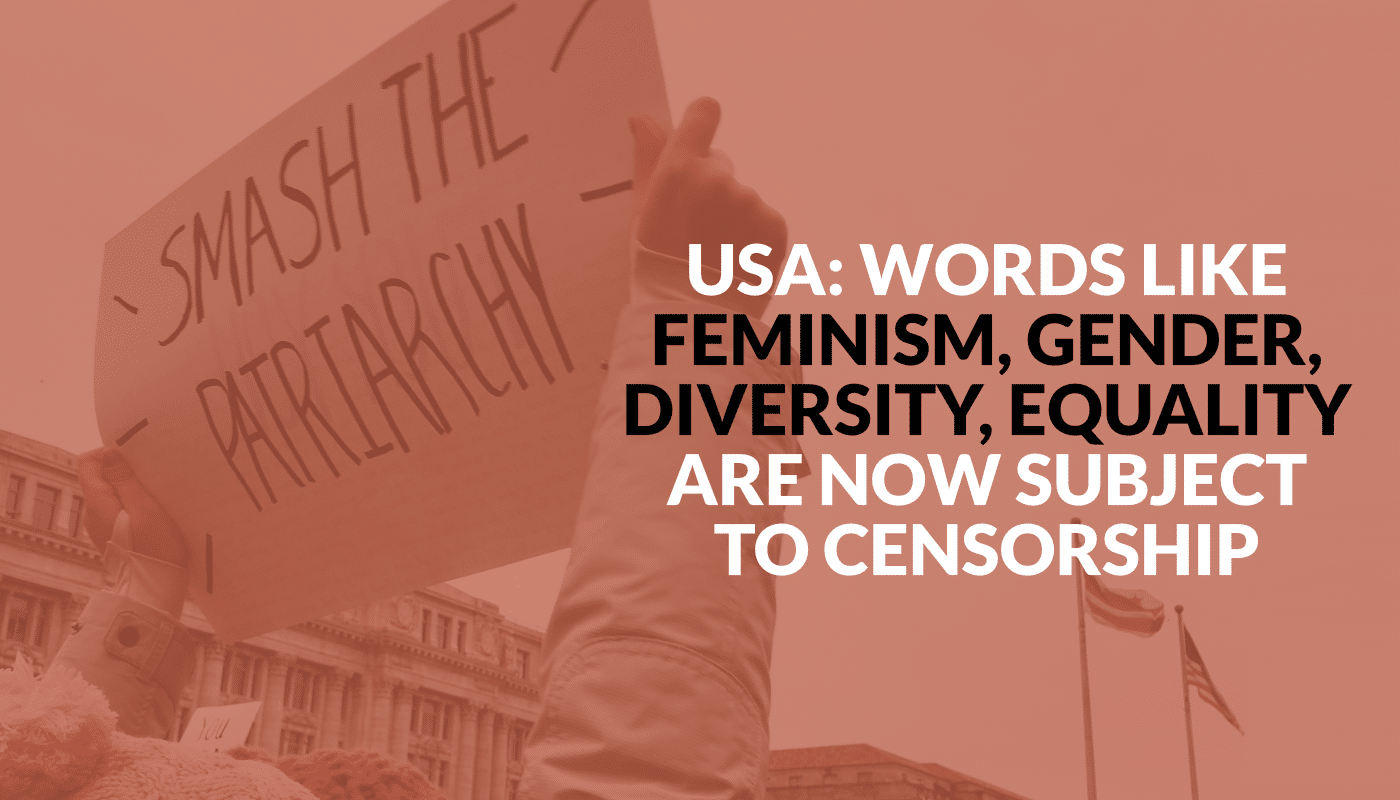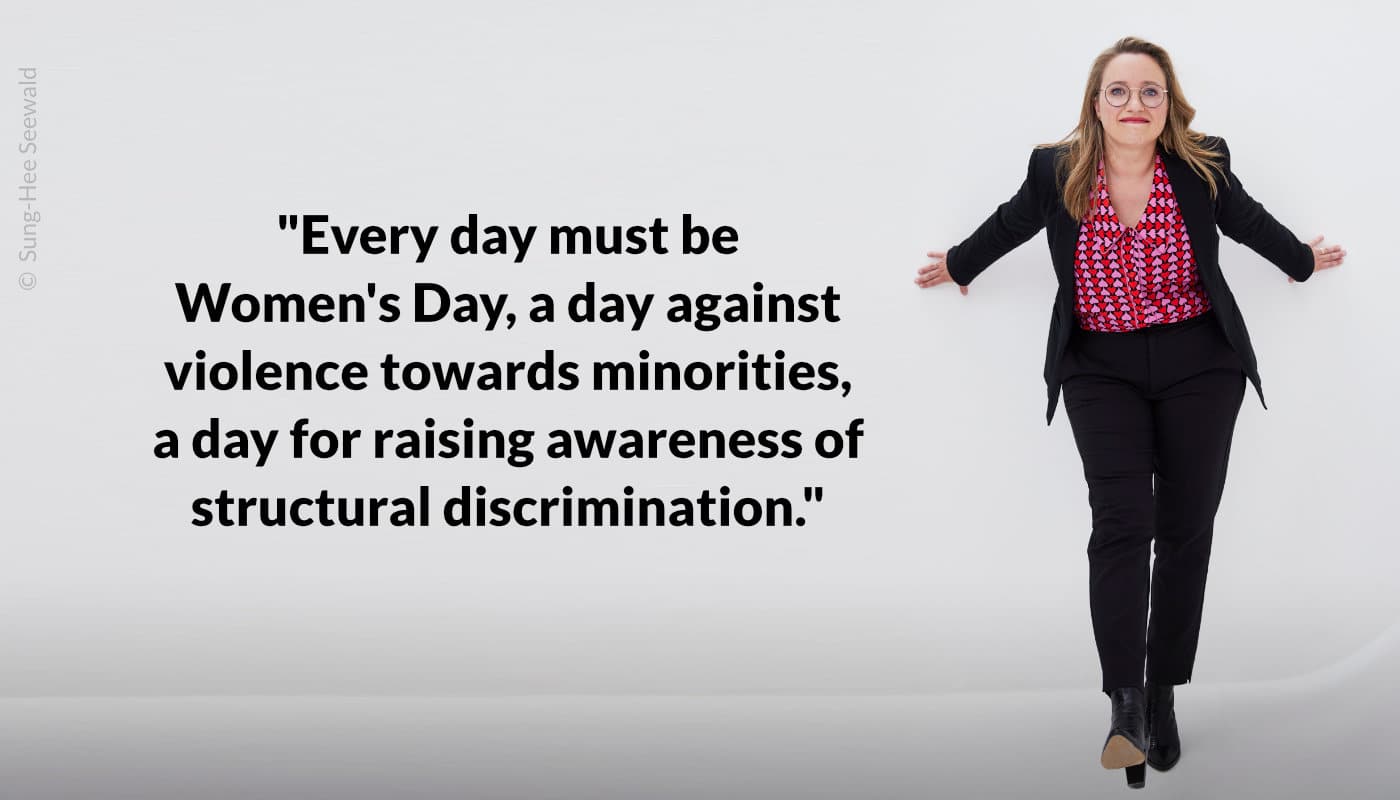The global gap between genders is much larger than previously assumed.
This is stated in the World Bank’s latest report, as reported by The Guardian. The #Study, for the first time, takes into account factors such as childcare and safety, revealing: No country in the world offers women the same opportunities in the workforce as men.
The World Bank examined the impact of the aforementioned factors on women’s workforce participation in 190 countries. Childcare and safety issues particularly affected women’s work (or work capacity). Lack of childcare options or high costs associated with them prevented or hindered their employment. Likewise, domestic violence, sexual harassment during the commute (such as in public transportation), or at the workplace.
In the summary of the study, it states: “Women have the power to turbocharge the global economy, and yet laws and lack of enforcement tend to keep them on the sidelines. (…) Although countries across the world have made substantial progress in enacting laws to provide equal opportunity for women, half of humanity – 3.9 billion women worldwide – face legal barriers affecting their economic participation.” The gap between equality laws and measures taken to implement them was examined. For example, out of 95 countries with laws on pay equality, only 35 countries implement measures to address the gender pay gap.
“So that’s why the implementation gap is even larger in countries that reformed recently because they’ve raised the standard in their laws, but they don’t have the supportive mechanisms to implement them,” says the study’s author, Tea Trumbic.
In 81 countries, periods of non-employment due to childcare are not considered in old-age pensions.
Less than half of the countries examined provide financial support or tax breaks for parents of young children, and in less than a third, there are quality standards for childcare.
The World Bank calls on governments to address the following issues, among others:
Indermit Gill, Chief Economist of the World Bank, on the study results: “Closing this gap could raise global gross domestic product by more than 20% – essentially doubling the global growth rate over the next decade.”

Posted by Natascha Hoffner, Founder & CEO of herCAREER, WiWo columnist, LinkedIn TOP Voice 2020, W&V 2019 – 100 Köpfe
published on LinkedIn on 26.03.2024
